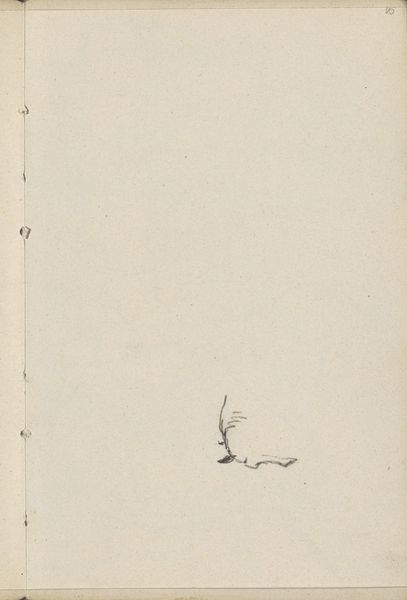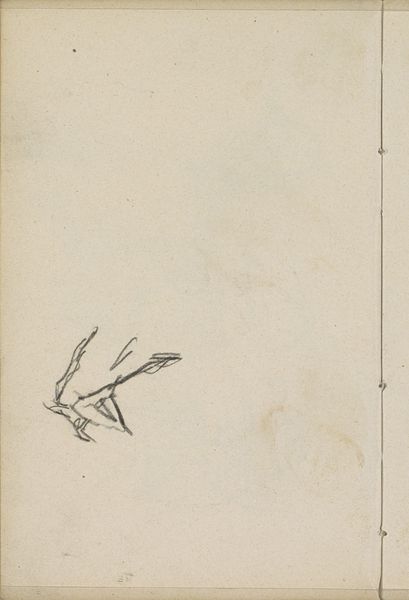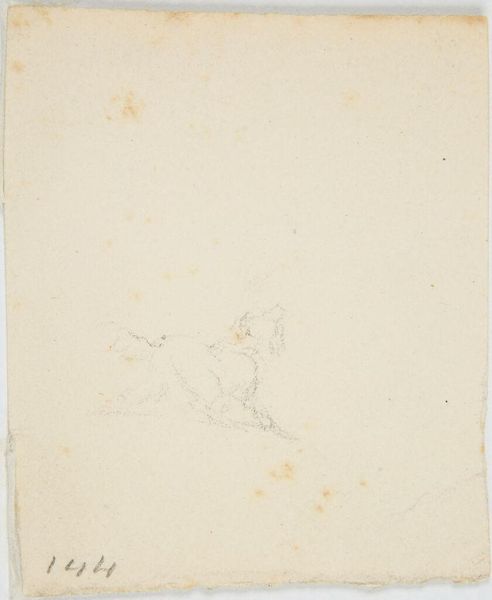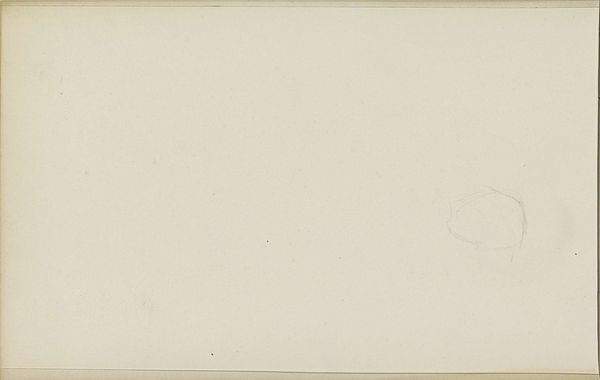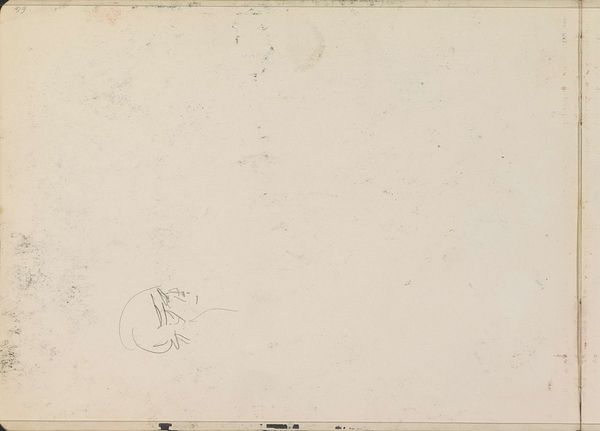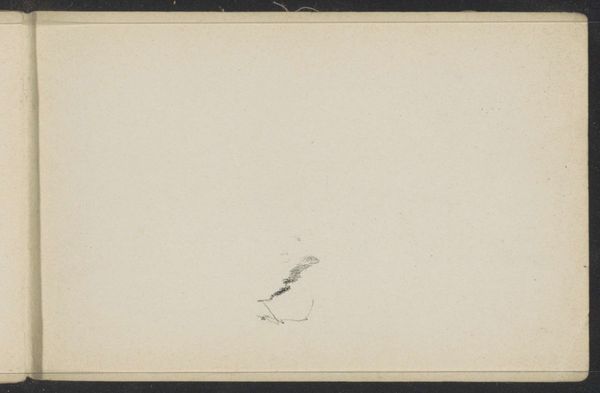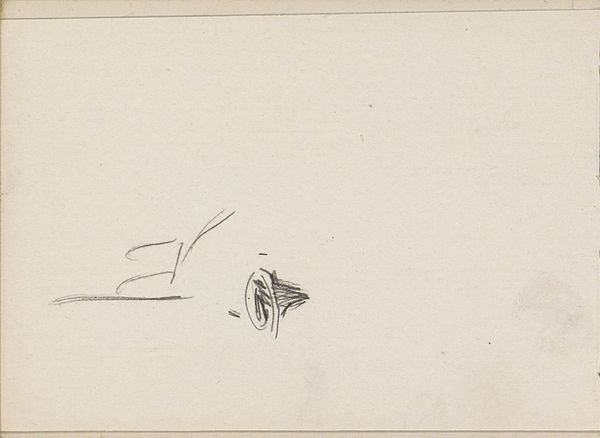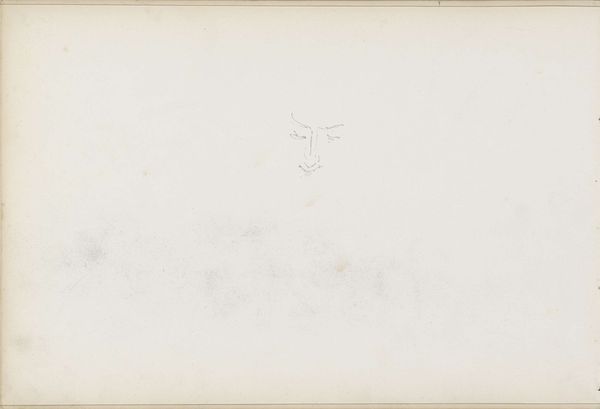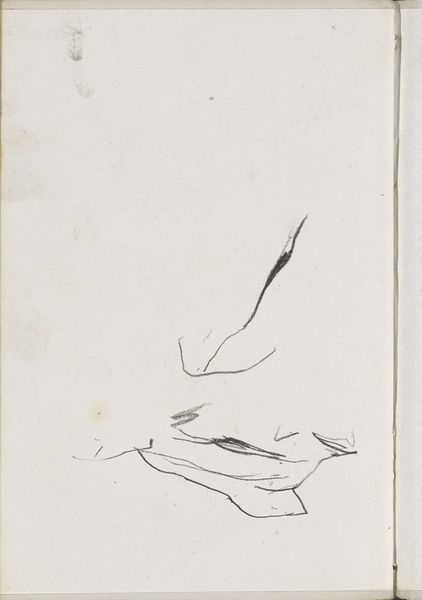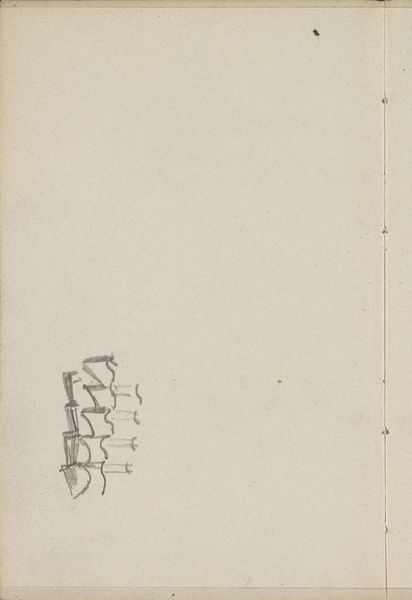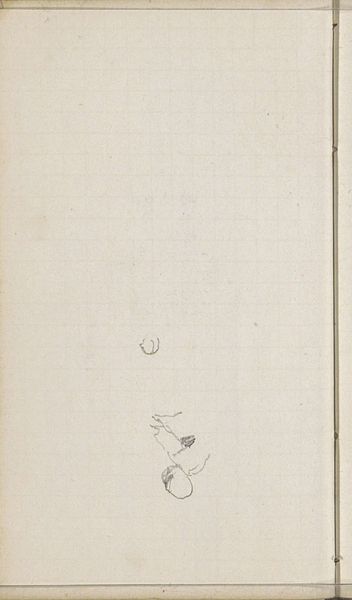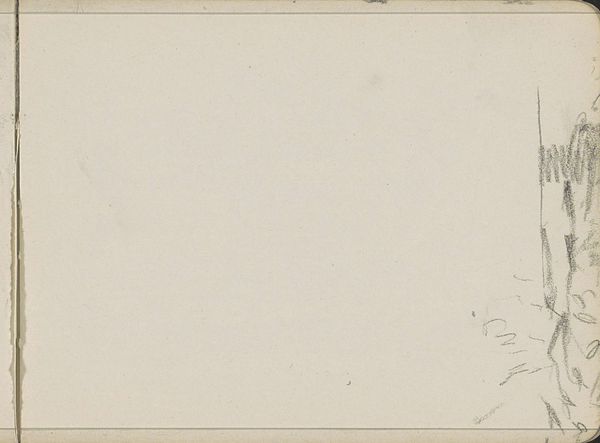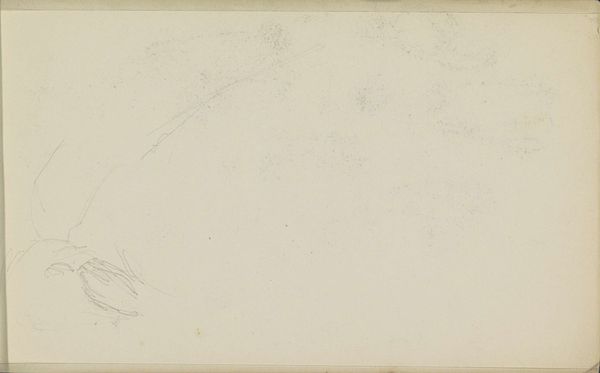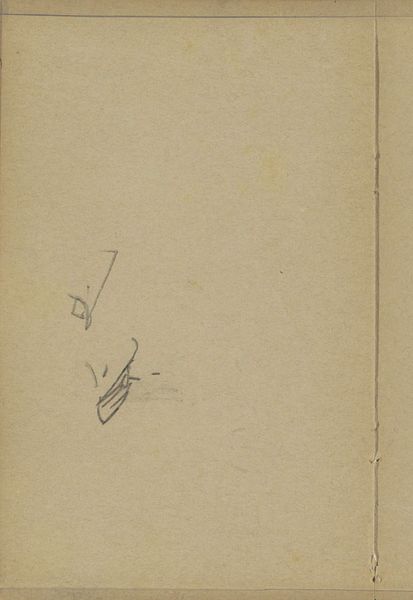
Copyright: Rijks Museum: Open Domain
Editor: Here we have Antoon Derkinderen's pencil drawing "Blote Voeten," made between 1889 and 1894. The immediate impression is one of quiet vulnerability, almost unfinished. How do you interpret this work, particularly given its seemingly simple subject matter? Curator: It’s compelling, isn't it? On the surface, a simple study of bare feet. But, situated within the late 19th century, a period of rapid industrialization and social upheaval, consider the implications of depicting bare feet. What does "bare" signify here? The figure is rendered with delicate detail, elevating it, perhaps, from a scene of impoverishment or overwork. Editor: I hadn't thought of it in those terms. So, could this be a conscious decision to portray working-class individuals with dignity? Curator: Exactly! It challenges the stereotypical depictions of the working class as downtrodden or abject. Furthermore, the emphasis on feet—a part of the body often associated with labor and movement—could also speak to ideas of bodily autonomy and the value of physical work. Does the drawing style enhance this, do you think? Editor: I can see that. The impressionistic style seems to add a soft lens that gives value to the individual instead of the class. The figure becomes specific and gentle. I also note the position of the feet seems passive. It almost suggests someone has just removed their shoes, perhaps for a break. Curator: Yes! The casual position contrasts beautifully with the potential symbolism, prompting viewers to reconsider ingrained assumptions about labor, class, and representation in art. Editor: I guess what seemed like just a drawing of feet turns out to hold deeper social relevance. Curator: Indeed! It's a powerful reminder that even the simplest images can resonate with complex socio-political meanings.
Comments
No comments
Be the first to comment and join the conversation on the ultimate creative platform.
